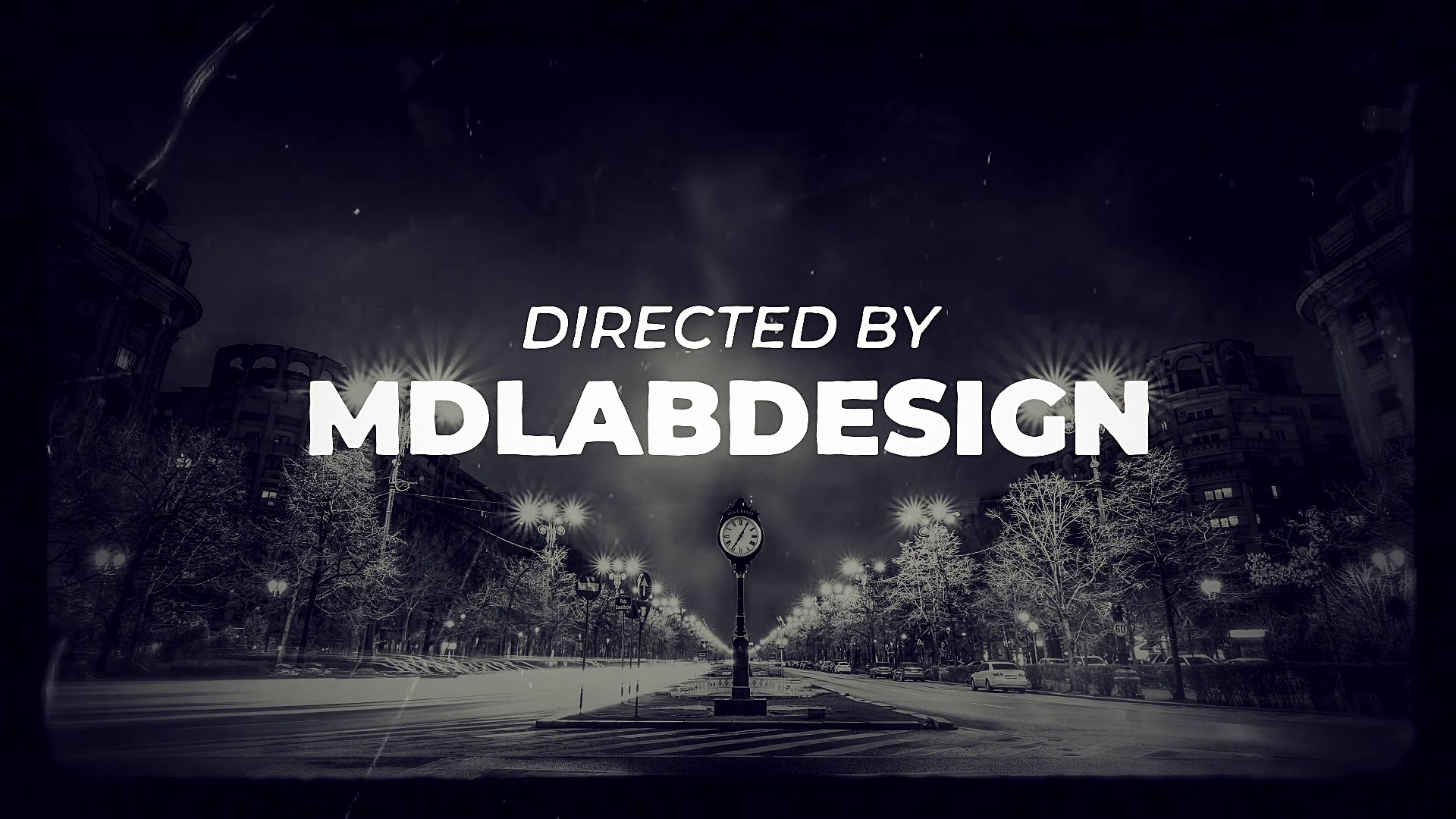

In a video editor, you slice things up, rearrange things, adjust audio, adjust panning, etc. You use After Effects to create stunning motion graphics such as titles and animation or visual effects such as compositing work, explosions, lightning, etc. Transform moving images for delivery to theaters, living rooms, personal computers, and mobile devices.” – AdobeĪs stated, you don’t edit a whole featured film in After Effects, you enhance and add to it.
After movie effects software#
“Adobe® After Effects® software is the industry-leading solution for creating sophisticated motion graphics and cinematic visual effects. So if After Effects isn’t a video editor, what is it then? You also have a huge lack of audio control in After Effects (anyone who has worked with audio in After Effects can tell you). Yeah you can trim some stuff but the editing features aren’t really there compared to Final Cut or Premiere. On top of that, After Effects gives you the very bare bones of features to actually ‘edit’ your clips. First off, you don’t arrange a movie in After Effects, you don’t do major edits and cuts in After Effects, and you don’t finalize your projects in After Effects. Let me explain why I believe After Effects isn’t a video editor. Whether or not you choose to be picky about terminology is up to you.” – Media College Many people use the term editing to describe all their post-production work, especially in non-professional situations. Editing is usually considered to be one part of the post production process - other post-production tasks include titling, colour correction, sound mixing, etc.

“Video editing is the process of manipulating and rearranging video shots to create a new work. For the most part, people do not consider After Effects a video editor even though the literal meaning of video editor means ‘something that edits video’. Well in short, not really, it depends on how you define ‘video editor’.


 0 kommentar(er)
0 kommentar(er)
